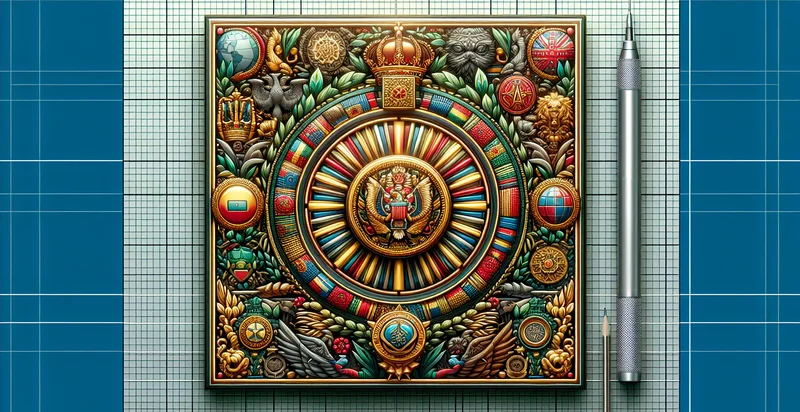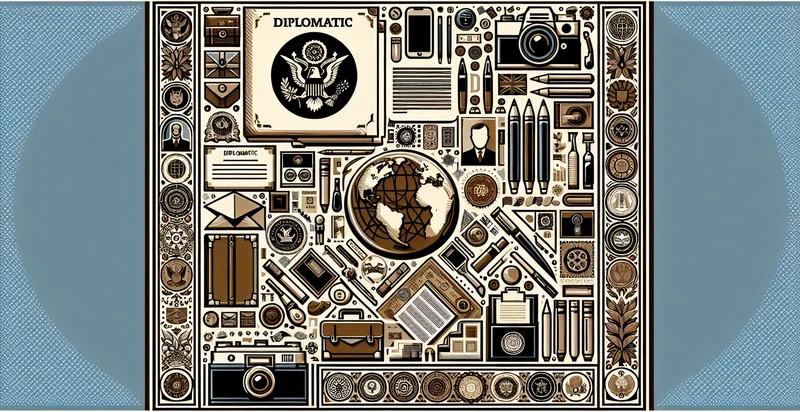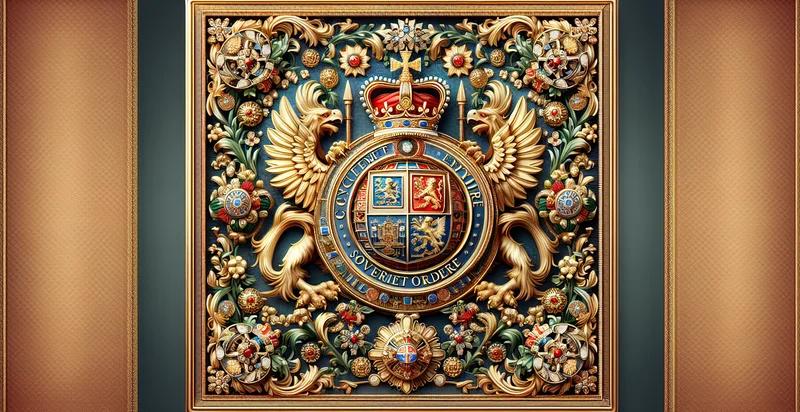Identify diplomatic emblem
using AI
Below is a free classifier to identify diplomatic emblem. Just upload your image, and our AI will predict what type of diplomatic emblem it represents - in just seconds.

Contact us for API access
Or, use Nyckel to build highly-accurate custom classifiers in just minutes. No PhD required.
Get started
import nyckel
credentials = nyckel.Credentials("YOUR_CLIENT_ID", "YOUR_CLIENT_SECRET")
nyckel.invoke("diplomatic-emblem", "your_image_url", credentials)
fetch('https://www.nyckel.com/v1/functions/diplomatic-emblem/invoke', {
method: 'POST',
headers: {
'Authorization': 'Bearer ' + 'YOUR_BEARER_TOKEN',
'Content-Type': 'application/json',
},
body: JSON.stringify(
{"data": "your_image_url"}
)
})
.then(response => response.json())
.then(data => console.log(data));
curl -X POST \
-H "Content-Type: application/json" \
-H "Authorization: Bearer YOUR_BEARER_TOKEN" \
-d '{"data": "your_image_url"}' \
https://www.nyckel.com/v1/functions/diplomatic-emblem/invoke
How this classifier works
To start, upload your image. Our AI tool will then predict what type of diplomatic emblem it represents.
This pretrained image model uses a Nyckel-created dataset and has 23 labels, including African Union, Arab League, Artic Council, Asean, Caribbean Community, Celtic League, Commonwealth, Commonwealth Of Independent States, Economic Community Of West African States and Eu.
We'll also show a confidence score (the higher the number, the more confident the AI model is around what type of diplomatic emblem it represents).
Whether you're just curious or building diplomatic emblem detection into your application, we hope our classifier proves helpful.
Related Classifiers
Need to identify diplomatic emblem at scale?
Get API or Zapier access to this classifier for free. It's perfect for:
- Diplomatic Document Verification: This function can be employed by government agencies to verify the authenticity of diplomatic documents that feature emblems. By categorizing documents based on whether they prominently display recognized diplomatic emblems, agencies can swiftly flag potential forgeries.
- Event Security Management: Security teams at international conferences can utilize this identifier to monitor and validate the presence of authorized diplomatic personnel. By screening attendees for diplomatic emblems, they can enhance event security and ensure only legitimate representatives are granted access.
- Automated Reporting in AI Surveillance: Surveillance systems in embassies can integrate the function to automatically detect and report when individuals with diplomatic emblems enter restricted areas. This real-time identification facilitates immediate responses to security breaches.
- Compliance Monitoring for Protocol Enforcement: Organizations involved in international relations can leverage the identifier to ensure distinct protocols are followed. By checking for diplomatic emblems in communications and materials, these organizations can uphold compliance and maintain proper diplomatic channels.
- Enhanced Customer Support for Diplomatic Services: Companies offering services to diplomats and embassies can use this function to quickly verify the authenticity of credentials presented by clients. This ensures that support is provided to legitimate representatives, enhancing trust and service efficiency.
- Social Media Monitoring for Diplomatic Incidents: Social media platforms can implement this identifier to monitor posts featuring diplomatic emblems for potential crises or incidents. By flagging such content, platforms can initiate timely responses or investigations into diplomatic sensitivities.
- Training and Simulation for Fraud Detection: Educational institutions and training programs can incorporate this function in curricula focused on fraud detection. By using realistic simulations that involve false diplomatic emblems, trainees can better understand methods to identify and address potential fraud in diplomatic contexts.


